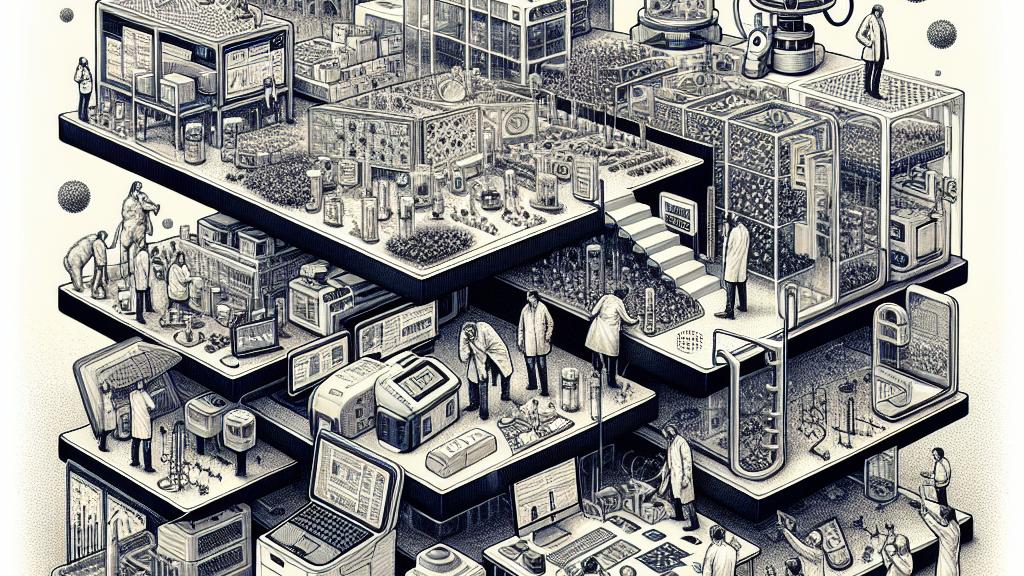Advances in Modular Biosensor Technology
Overview
- Introduction of a groundbreaking modular biosensor platform revolutionizes medical diagnostics.
- Ingenious application of DNA origami scaffolds greatly amplifies sensitivity and measurement clarity.
- The technology paves the way for diverse applications, including environmental monitoring and targeted drug delivery systems.

Revolutionizing Biosensor Design
Picture a future where diagnosing diseases can be as easy as breathing into a device or pricking a finger for a sample. Researchers from Ludwig Maximilian University of Munich have taken a significant step toward that reality with an innovative modular biosensor platform that is set to revolutionize medical diagnostics. Led by the visionary chemist Philip Tinnefeld, the project showcases an incredible design that seamlessly adapts to various target molecules. This isn't just a remarkable engineering achievement; it represents a monumental shift in the speed at which we can develop biosensors tailored for different medical needs. Ultimately, this could lead to faster and more effective responses to emerging health challenges, saving lives.
The Intricate Dance of DNA Origami
At the core of this remarkable technology lies the fascinating concept of DNA origami. This artistic yet scientific technique allows for the folding of DNA into complex 2D and 3D shapes, much like creating intricate paper designs. The newly designed biosensor features a clever dual-arm structure enriched with fluorescent dyes, pivotal in determining measurement accuracy. For instance, when target molecules interact with the sensor, the distance between these fluorescent tags changes, generating significant shifts in fluorescence. This phenomenon, known as fluorescence resonance energy transfer (FRET), results in vivid signals that researchers can analyze with incredible detail. Furthermore, the flexibility embedded within this design permits simultaneous targeting of multiple molecular signals, illustrating a future where sensitivity and detection capability are vastly improved.
Endless Possibilities Ahead
Peering into the horizon, the implications of this modular biosensor technology are not merely hopeful; they are transformative. Imagine sensors that don’t just detect but also interact and respond to their environment in real-time. The potential applications stretch far and wide—spanning from environmental monitoring to personalized medicine, where dynamic drug delivery systems could be customized to meet specific patient requirements at the right moment. Consider a scenario where a sensor could release therapeutic agents precisely when needed, enhancing treatment outcomes significantly. As this groundbreaking technology continues to evolve, we stand on the verge of unimaginable advancements, which could alter our very understanding of health care and its delivery. The fusion of nanotechnology with modular design promises not just to enhance diagnostic capabilities but also to open new frontiers in science and medicine, revolutionizing how we approach and interact with the world around us.

Loading...